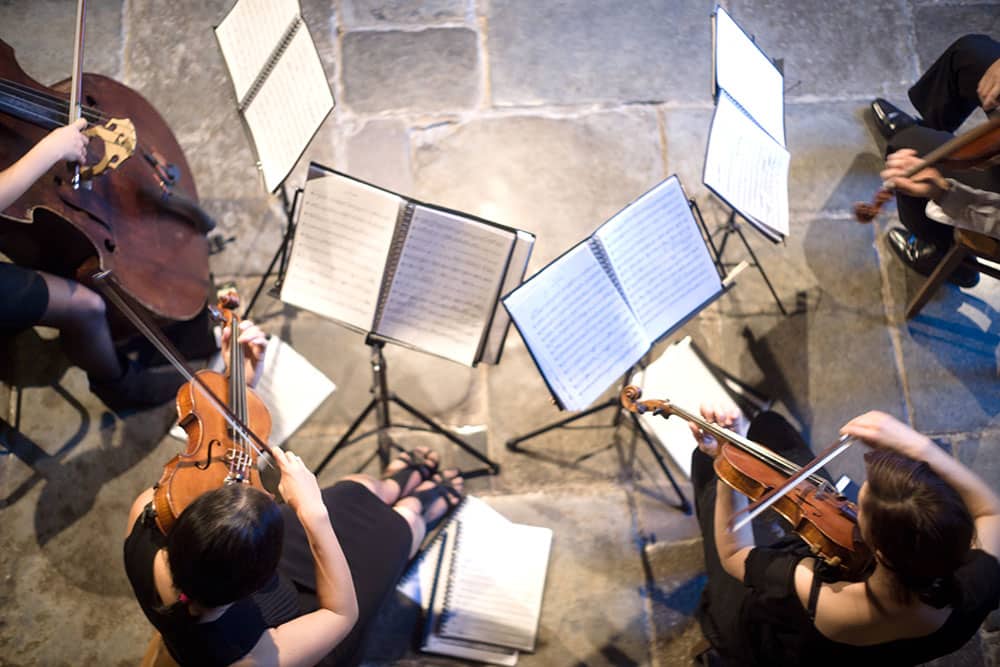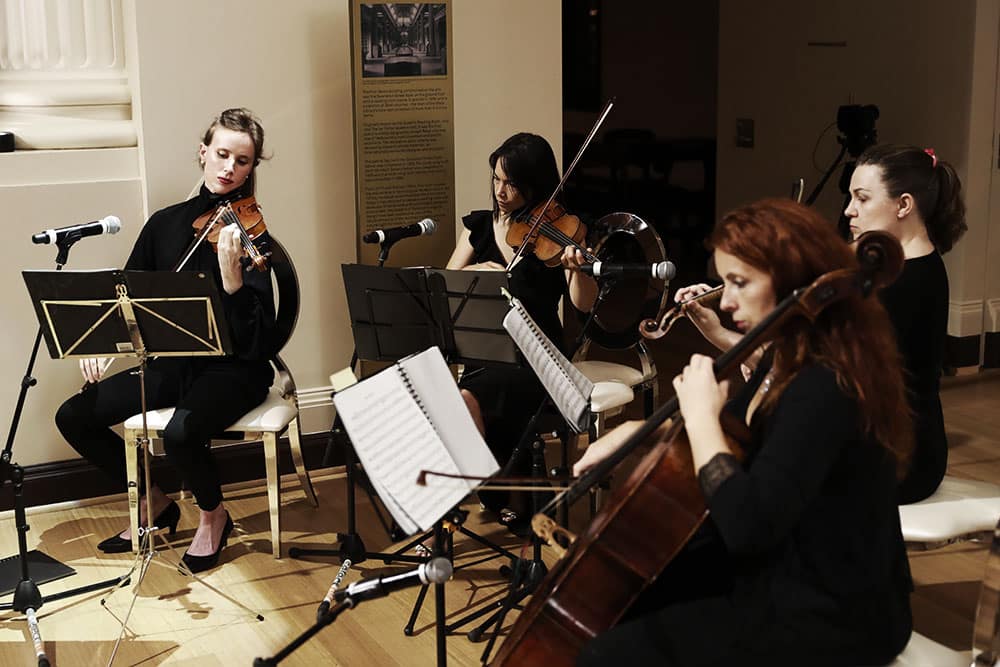History of the String Quartet
Introduction
The string quartet — a musical ensemble or arrangement consisting of four string players: two violin players, a viola player, and a cello player– has a long and rich history, dating back to as early as the sixteenth century. It has grown from a series of solo instruments performing together continuously into a major compositional tradition, with a huge number of popular composers from the 18th century onwards writing string quartets. The string quartet is also a musical composition written with the intention of being performed by these groups. This article will attempt to break down a concise history of the string quartet and string quartet music, taking you through the arrangements, instruments, and norms of this beautiful form of composition and creation.
History
The early history of the string quartet was predominantly overseen by Austrian composer Joseph Haydn, who was responsible for much of the development of this genre. There had been many explorations of other forms of this genre early on, from divertimento (another, similar music genre) for two violinists, viola and cello by Viennese composers, to other string orchestra performances. However, these progressions never resulted in the actual formation of a string quartet as a medium.
Going back even further, the Baroque trio sonata—played with two solo instruments, a bass instrument, and a keyboard, arranged by Italian composer Gregorio Allegri, could be seen as an important first step towards the modern-day string quartet. By the 18th century, composers would often add in a third soloist and would remove the keyboard part, letting the cello support the bass section of compositions. In a lot of ways, the string quartet became an unstoppable evolution from traditions that came to define earlier versions of classical music.
While Hadyn is seen as an important figure in the string quartet’s lifecycle, he didn’t invent the combination of two violins, a viola, and a cello. Many early situations probably occurred coincidentally or naturally, rather than by a concerted effort. In fact, many of his mid-18th century compositions went unnoticed by bigger orchestras or artists, and it wasn’t until the beginning of the 19th century that he and his quartet began to be seen as ‘classics’.
This being said the string quartet and accompanying compositions bloomed during the classical era, with Beethoven, Mozart, and Schubert each composing a number of quartets. Beethoven especially is touted to have taken the genre in a new direction, especially with songs written in the early 19th century leading up to his death. These ideas directly inspired composers like Wagner and Bartok. From there, it was up to composers like Mendelssohn, Schoenberg, and Shostakovich, to take the genre through the 19th century and into the 20th.
Following WWII, many composers faced a revolution in music and technology, began to see the genre as obsolete or irrelevant, and stopped writing them for quite some time. However, in the same vein as things like vinyl and retro games have come roaring back, so has the string quartet, with much newfound interest in the otherwise dying genre.
Prominent contemporary composer Peter Maxwell Davis, holder of a post in the Royal Household of the UK—Master of the Queen’s Music, during his tenure, produced a set of ten compositions entitled the Naxos Quartets. This was partially due to a commission from Naxos Records, between 2001 and 2005. Other prominent modern figures such as Margaret Jones Wiles, David Matthews, and Robin Holloway have written over 70 different quartet arrangements, proving that the genre is most definitely not dead in the water.
Evidently, the string quartet has had a long and colourful history, spanning many centuries and decades. As an exciting, versatile, and compact formation, its evolution is an interesting one, and something worth exploring further for sure! From here, we’ll talk about its traditional forms, variations, and what the future might hold!

String quartet traditional form
Evidently, as composers like Beethoven displayed, string quartet compositions can be incredibly dynamic and free-form. However, generally speaking, quartets written in the classical era and beyond usually have four movements, with a scaled structure that is similar to that of a symphony:
- 1st movement: Sonata form, Allegro, in the tonic key;
- 2nd movement: Slow, in the subdominant key;
- 3rd movement: Minuet and Trio, in the tonic key;
- 4th movement: Rondo form or Sonata rondo form, in the tonic key.
As we mentioned, major alterations to this structure were undertaken by Beethoven, especially later on in his life. Composers writing in the 20th century have also largely given up on this tradition, taking to their own formations and adaptations, and bringing it into a new age of composition and musicality.
Variations of string quartet
There are many other, pre-existing groups that can be understood to be tweaked on the string quartet form and structure. A string quintet, is effectively a string quartet with an extra viola, cello, or double bass, for example. The clarinet quintet, with an added clarinet. The string trio comprises one violin, viola, and cello, as another example. A piano quartet with a violin replaced by a piano. The piano quintet is a string quartet with an added piano. The clarinet quintet, with an added clarinet.
All of these variations, while seeming minor on the surface, can have a very weighty impact on the form and sound of the various chamber groups, and obviously, add an extra angle of uniqueness to these things.

Looking into the future
As we’ve explored, the string quartet and its many variations are incredibly interesting and complex. With such a diverse history, such an impact on classical music, and so many opportunities to use and explore it today, it’s clear why it’s one of the most fascinating classical music formations. The future, therefore, should be about getting as many people as possible to engage with this dynamic form of classical music. This is something that we, at String Musicians Australia, are incredibly passionate about. Our modus operandi is not only to provide a service showcasing the finest musicians in the country but to also showcase the beauty of compositions like the string quartet.
It is important to us to be able to exhibit these compositions and use the formation for our clients, using nothing but energy, love, and happiness. We want to be able to give you the best experience possible, priding ourselves on pitch-perfect execution, presentation, and musicality. We employ the best musicians in the country to execute our vision, can tailor our services for clients to have their favourites performed, and have structured our prices to reflect the value you’ll be receiving.
We are a local, state, and national award-winning agency that has performed thousands of functions, ceremonies, and performances with Symphony Orchestras across the nation. Our legacy as a touring chamber orchestra in and of itself makes us one of the best to be able to give you a gorgeous string quartet experience. Just send us an inquiry today so we can begin a discussion of getting a string quartet into your function hall, wedding, birthday, event, or otherwise.

